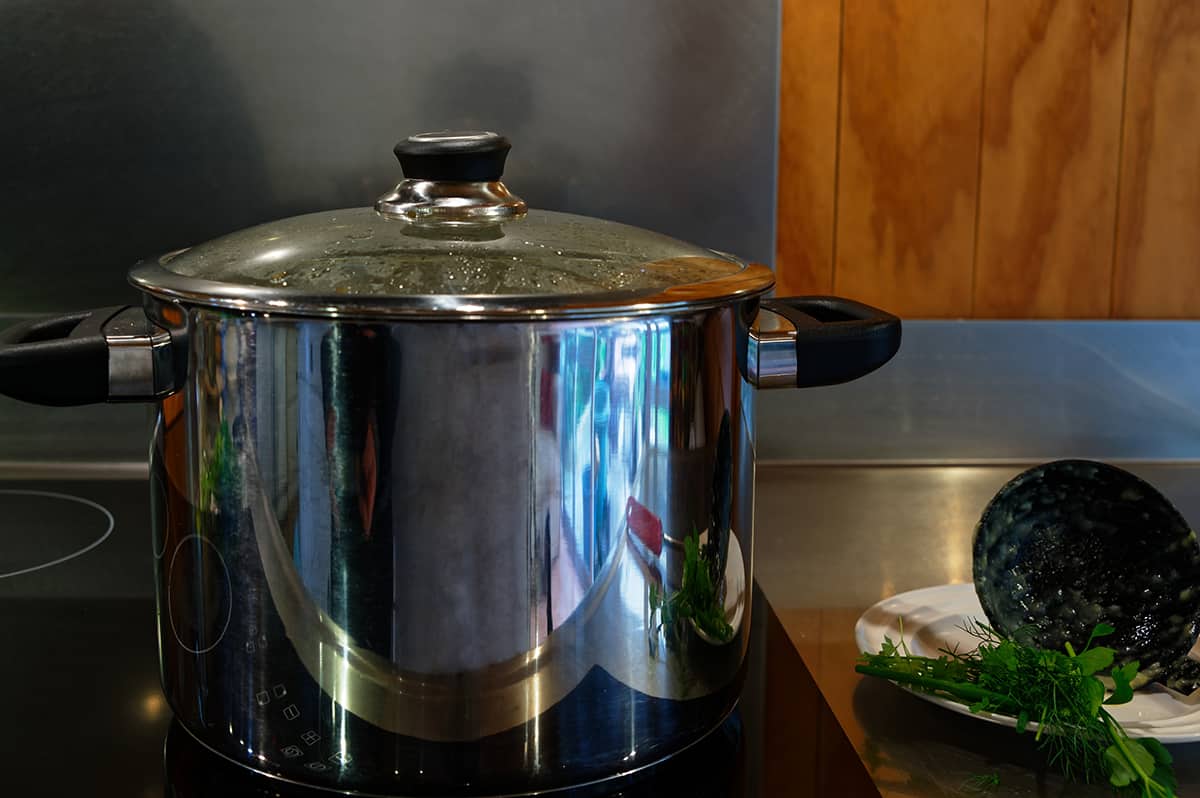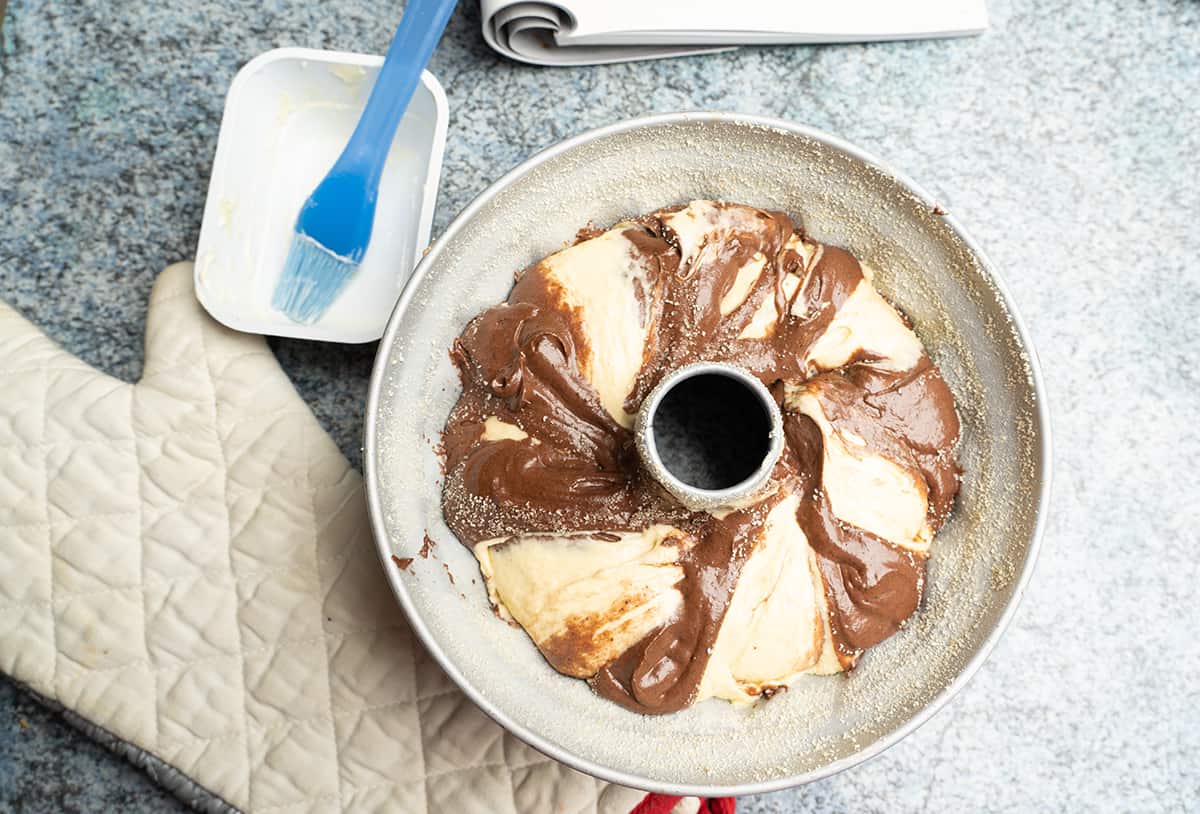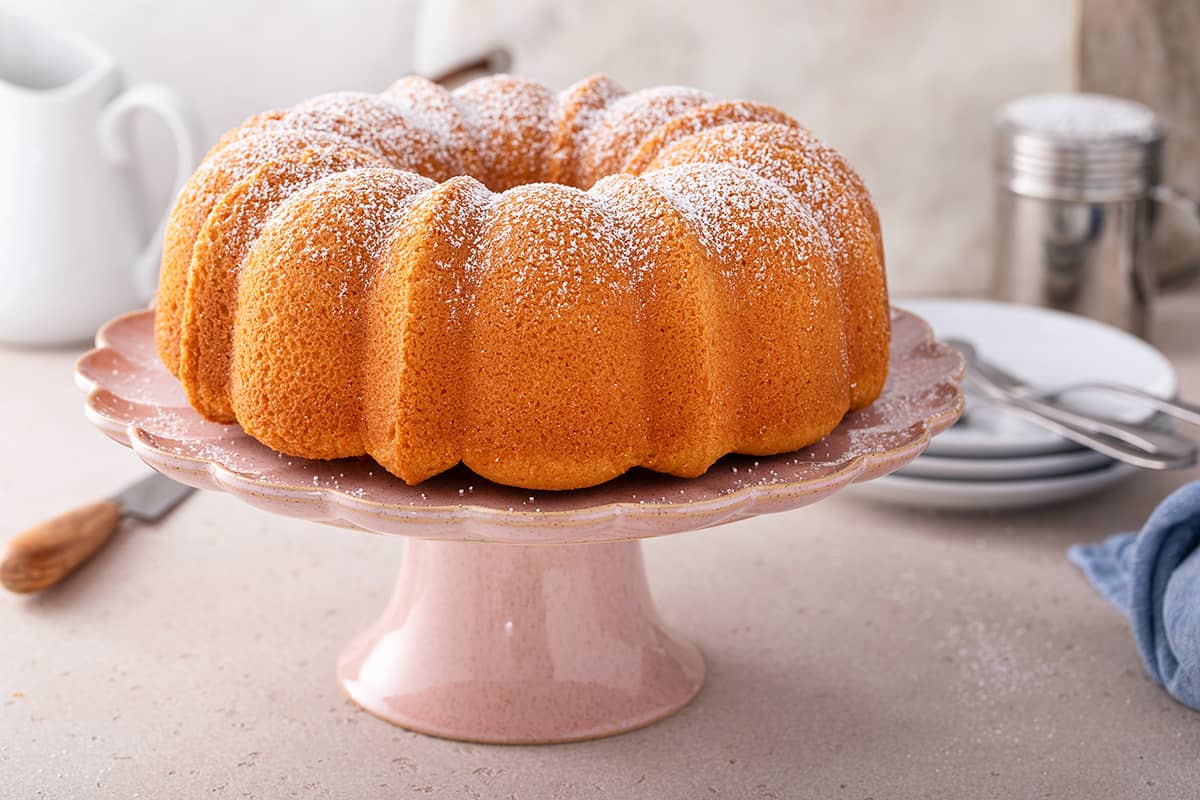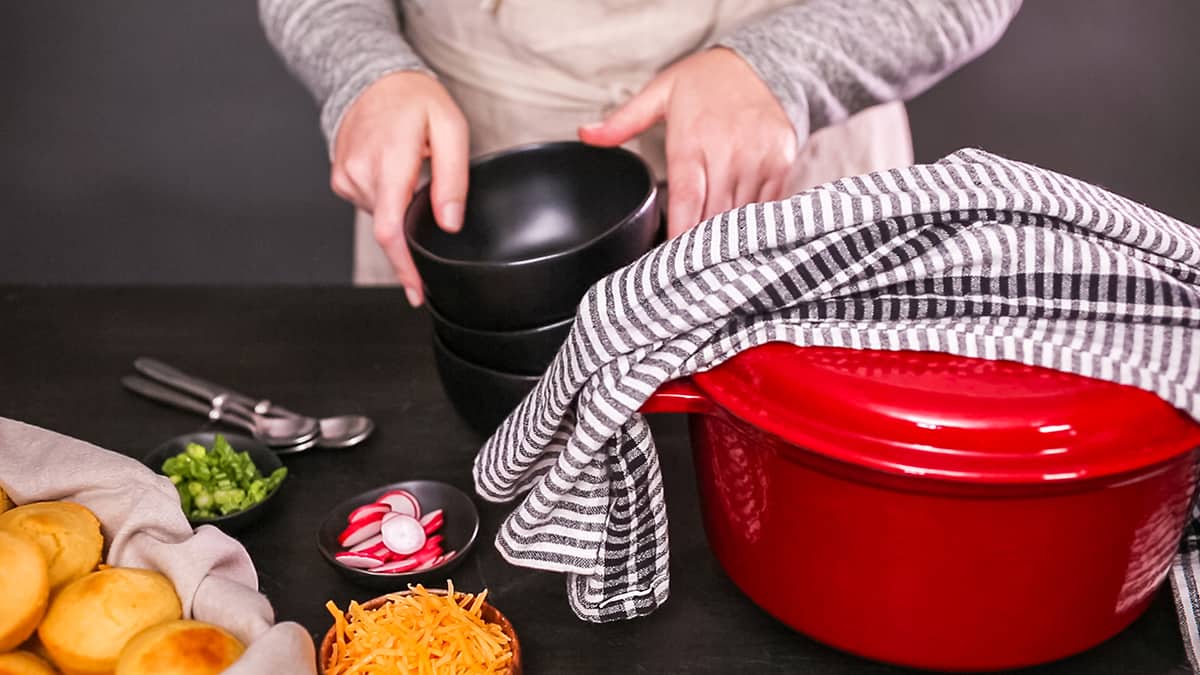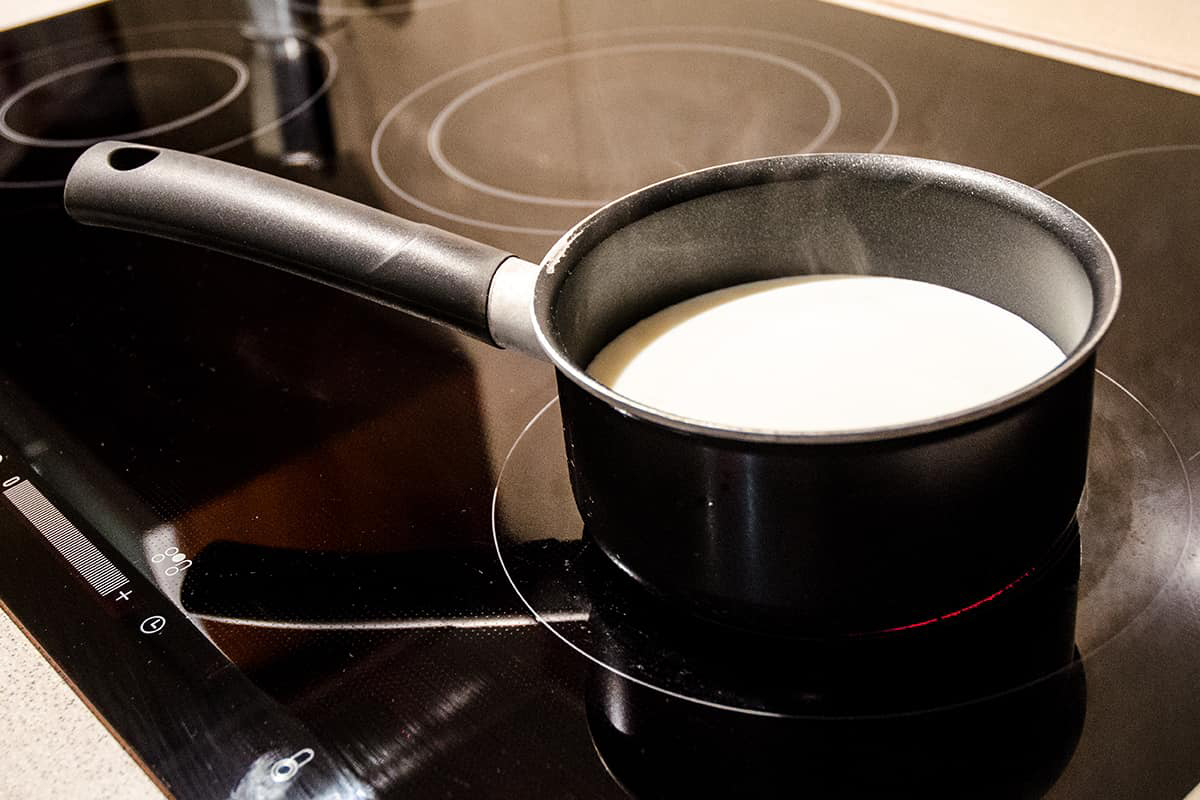Stockpots are a very useful piece of kitchen equipment which, in spite of their name, are very versatile and can be used for a whole host of cooking tasks besides making stock.
Here we look at the various sizes of stock pots available and what they can be used for.
What is a Stock Pot?
Stock pots were invented for cooking stocks and broths, which are edible liquids full of flavor. These can be consumed alone, but more commonly are used as the base for other dishes, for example, stews, casseroles, soups, and sauces.
The design of the stock pot allows stocks and broths to intensify in flavor while cooking while preventing moisture from escaping and causing the stock to reduce.
Stock pots are very versatile, however, and they lend themselves perfectly for use in preparing other types of foods. Many people use their stock pot to boil food in water, for example, pasta or potatoes. You can also use a stock pot to make one-pot meals such as stews, curries, and soups.
Stockpot Sizes
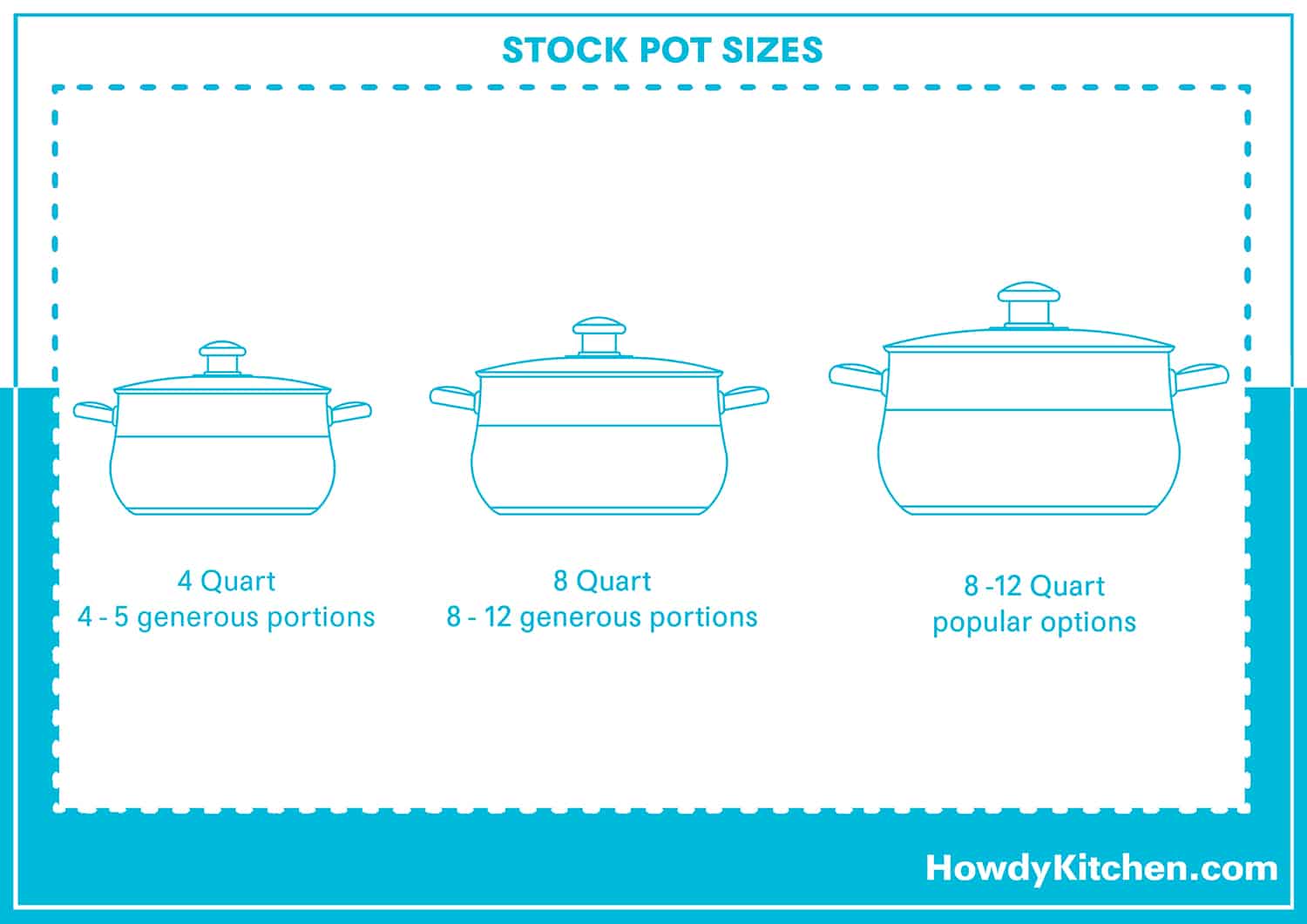
The size of the stock pot you need will depend on the size of your family and the types of foods you like to cook. Stock pots are measured according to the amount of liquid they hold rather than their dimensions. They are available in sizes ranging from 4 quarts up to 20 quarts for domestic kitchens and can be double or even triple this size in commercial kitchens.
A 4-quart stock pot will serve between 4 and 6 generous portions, and an 8-quart stock pot will provide double this amount. If you most commonly cook for four people or less, then a 4-quart stock pot will suffice, and due to it being the smallest size, it will be easier to store in your kitchen cabinets than the larger stock pots. However, if you cook in batches and freeze food for later, then a bigger stock pot will be more suitable, and this also gives you the option for cooking for a larger party of people for special occasions or family get-togethers.
Stock pots ranging between 8 quarts and 12 quarts in size are the most popular because they are small enough to cook regular family meals in, but also provide the flexibility of cooking for larger amounts of guests, as well as cooking food in advance and storing it for eating at a later date. You should also note when choosing your stock pot size that pots that have the same capacity can have different dimensions.
One 8 quart stock pot might have a smaller base and taller sides, while another 8-quart pot could have a broader base and lower sides. Stock pots with lower sides are good if you want to have the flexibility to use your stock pot in the oven, as it will fit more easily between shelves, whereas a stock pot with a smaller base and taller sides will take up less surface space on your stovetop.
Other Important Factors When Choosing a Stockpot
Material
Stainless Steel
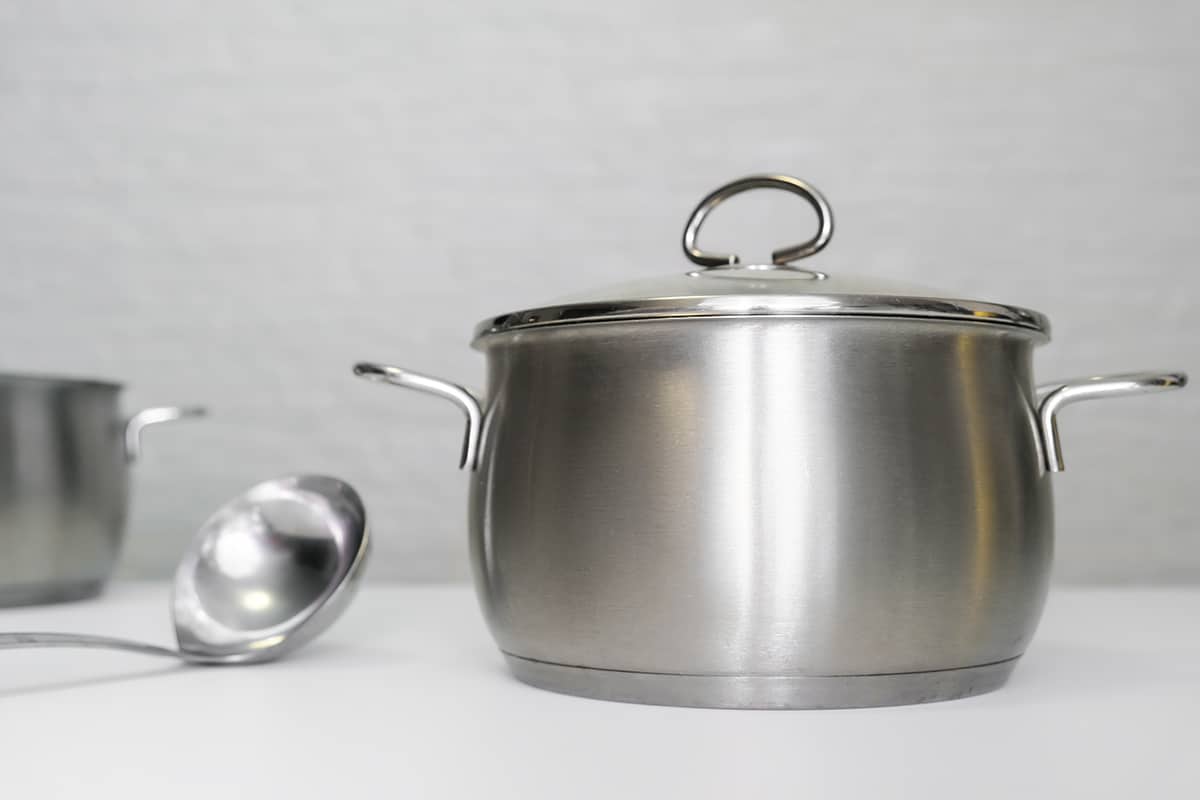
The most common type of material for a stock pot is stainless steel. Food grade stainless steel is superior to other materials when it comes to stock pots because it represents the most durable, user-friendly, and food-friendly option.
Stainless steel is lightweight, which is a very important factor when considering a new stock pot. Stock pots tend to be quite large and can be very heavy when they are full of food.
If you want to carry your stock pot to a dining table to serve or carry it over to the oven to bake it, then you’ll want the stock pot itself to be lightweight, so it doesn’t add any extra unnecessary weight.
Stainless steel is also a non-reactive material, which means it will not cause the flavor of your food to change. It is a strong and sturdy material that is long-lasting, so a good stainless steel stock pot should last you your whole lifetime.
Aluminum
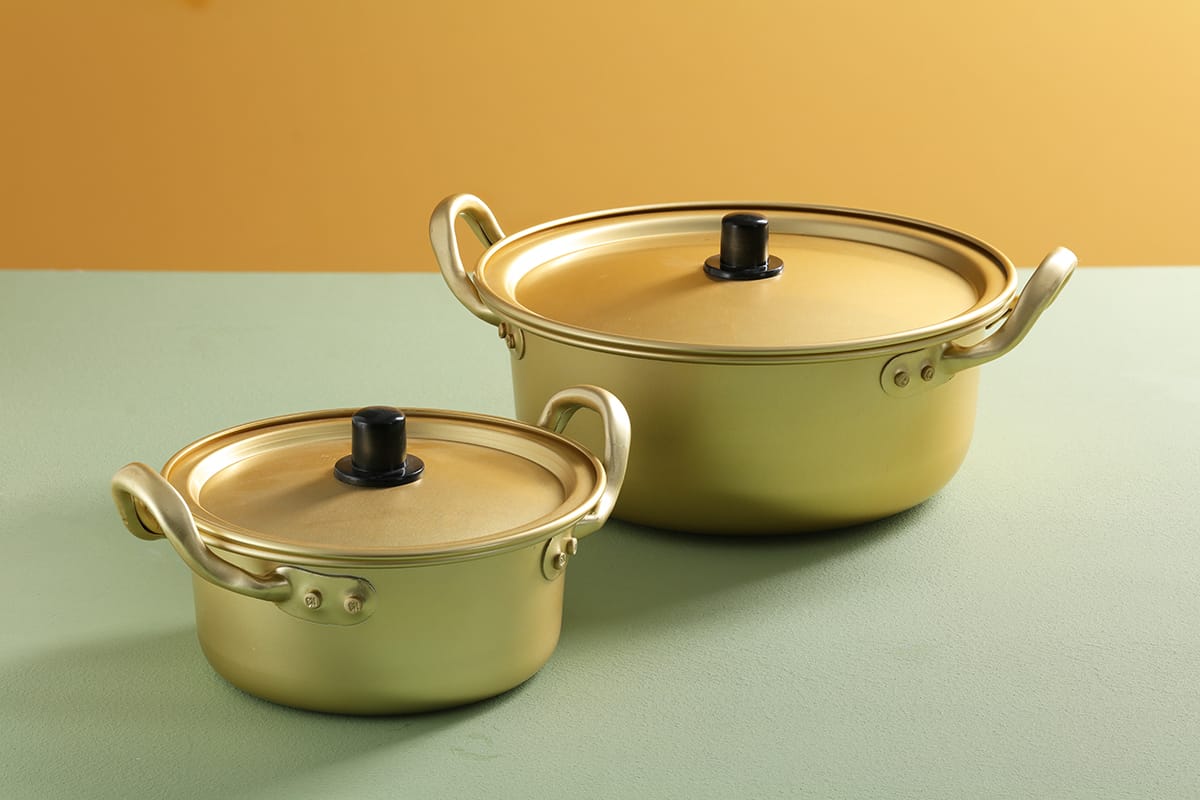
Another good material for sock pots is aluminum. This is a popular choice because it is super lightweight, and it is also more affordable than stainless steel. However, it is not as durable and can become scratched or dented very easily.
Aluminum does also react to some types of foods, which means it can alter the flavor and even the color of your dish. Some stock pots are made from cast iron coated in enamel, though this is less common because they are exceptionally heavy and therefore not very user-friendly.
Price
Stock pots can vary greatly in price. It is recommended that you choose a stock pot of the highest quality that your budget allows. This is because a good quality, and likely more expensive, stock pot will last for many decades, whereas a low quality and cheaper stock pot will probably need to be replaced much more frequently.
If you buy a low-quality stock pot, then you will probably replace it several times over your lifetime and, in the long run, end up spending more money than if you had just bought a better stock pot in the first place.
Use
The type of cooking you like to do can affect the type of stock pot you need. For making small batches of soups, chili, stews, pasta, or boiling vegetables, then a 4 quart or 6-quart stock pot will be adequate.
Stock pots ranging in size from 8 to 10 quarts are great for making any type of stock, including beef, fish, poultry, game, and vegetables. These sizes are also good for cooking large batches of soups, pasta, curries, and stews.
If you want to boil whole joints of meat such as gammon or lobster, then you will need a bigger stock pot of at least 12 quarts. This size, right up to 20 quarts, is also useful for making preserves and canning. If you want to brew your own beer, then you’ll need an industrial-size stock pot with a capacity of between 32 and 40 quarts.
